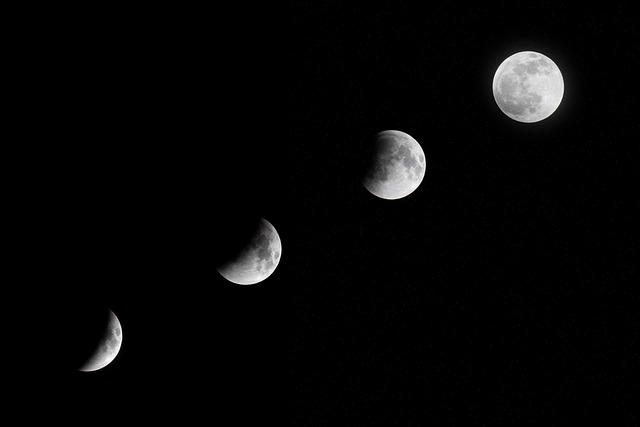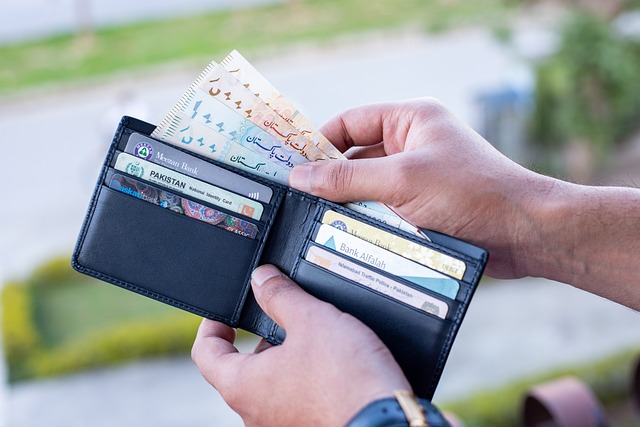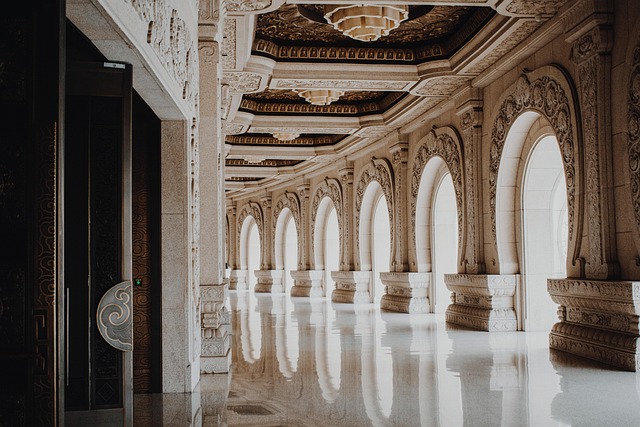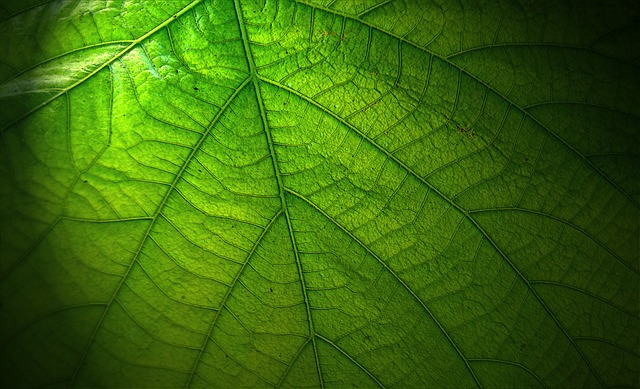Capturing the Moon: A Photographer’s Ultimate Lens Mission
The moon has long captivated humanity, a luminous orb that lights up the night and inspires artists, poets, and photographers alike. For those of us with a passion for photography, the quest to capture the beauty of the moon is an exhilarating challenge that pushes our skills and gear to the limit. Choosing the right moon objective is crucial in this mission; it can transform an ordinary image into a breathtaking masterpiece.
The Allure of Lunar Photography
There’s something magical about photographing the moon. Its surface, painted with shadows and craters, tells the story of our celestial neighbor. With the right camera and optics, you can reveal intricate details that make the moon seem almost within reach. To embark on this adventure, understanding your equipment is key.
Choosing the Right Lens
When it comes to lunar photography, the lens you select can make all the difference. A telephoto lens, with an effective focal length of at least 300mm, provides the necessary reach to get closer to the moon. The larger the aperture, the better the performance in low light, allowing you to capture clearer, sharper images without excessive noise. Whether you’re using a DSLR or a mirrorless camera, the choice of lens is critical to your success.
Camera Settings and Techniques
Setting up for a successful moon photo involves more than just pointing and shooting. Begin with a low ISO (around 100 to 200) to minimize noise and maintain image quality. Set your camera to manual mode—this gives you full control over aperture, shutter speed, and ISO. A faster shutter speed, like 1/125 or 1/250, will help freeze the motion of the moon, preventing blurriness. Don’t forget to use a sturdy tripod to eliminate camera shake.
Understanding Optics
The principles of optics play a significant role in lunar photography. As light travels through your lens, it bends and refracts, helping to form the images you capture. High-quality glass in your lens will enhance resolution and contrast, ensuring that your moon photos are crisp and vibrant. Additionally, consider using a teleconverter to increase your focal length, but keep in mind that this may reduce your lens’s overall apertures and sharpness.
Framing the Perfect Shot
Composition is crucial in photography, especially when it comes to a subject as grand as the moon. Consider incorporating elements of your environment to create depth and context; silhouettes of trees or buildings can add interest to your shots. Experiment with various angles and distances—don’t be afraid to get creative, as each frame can tell a different story.
Post-Processing Enhancements
Once you’ve captured your lunar images, the journey isn’t over. Post-processing can elevate your photographs from good to extraordinary. Utilize software like Adobe Lightroom or Photoshop to enhance clarity, adjust exposure, and bring out the moon’s textures. A bit of careful editing can highlight the intricate details of lunar surface features, creating a striking final product.
In the end, the thrill of capturing the moon is an experience like no other. Each photograph is a testament to the combination of skill, technique, and appropriate gear. So gear up, head out, and let the moon inspire your next lens mission!




